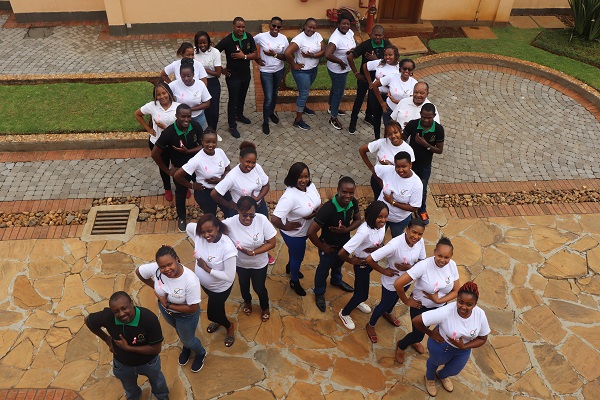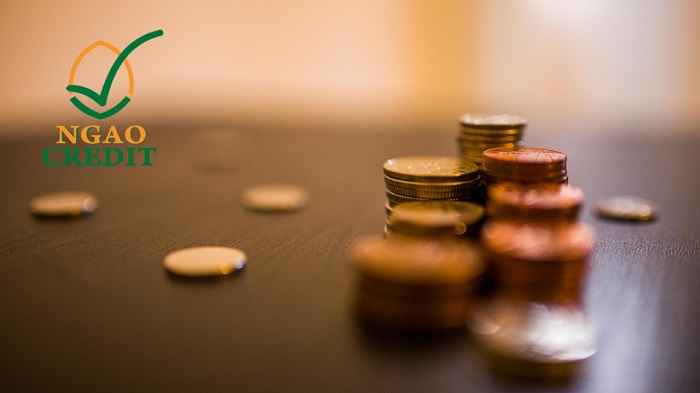
October is coming to an end, the month set aside to create awareness about breast cancer that is affecting a large population of women and men in Africa and across the world.
Breast cancer is most commonly thought of as a disease that affects women, but it does occur in men as well. This is why men also have to be involved in this conversation.
Male breast is most common in older men, though it can occur at any age and accounts for less than 1% of all breast cancers in the developed countries.
According to a journal published on Hindawi.com, in sub-Saharan Africa patients with male breast cancer present late with advanced disease and associated comorbidity. These patients often seek nonorthodox treatment because of poor awareness, sociocultural or religious reasons.
Did you know that men can also get breast cancer? As we have the breast cancer conversation, let’s involve the men in our lives and make sure they do a self test too. #WeArePink #breastcancerwareness #breastcancerawarenessmonth2020 #MimiNiNgao #NgaoCredit
— Ngao Credit Limited (@ngaocreditltd) October 28, 2020
All men need to therefore know what signs of breast cancer to look for. For most men, breast cancer doesn’t come to mind when they notice a change in their breasts, which can delay diagnosis.
Most cases are diagnosed in men over the age of 50 and the diagnosis, treatment and survival rates for both men and women with this type of cancer is very similar.
Some of the risk factors include:
- Age: As we mentioned earlier men over the age of 50 have a very high chance of getting breast cancer
- Men who also have several family members with breast cancer have an increased risk of developing the disease.
- Obesity: Fat cells contribute to oestrogen production, and being overweight can raise oestrogen levels and is associated with breast enlargement.
- Liver disease: Certain conditions, such as cirrhosis of the liver, can reduce male hormones and increase female hormones, increasing your risk of breast cancer.
Bottom line, as Ngao Credit has been highlighting on the breast cancer campaign it has been running on its social media, maintaining a healthy lifestyle can help reduce the risk of breast cancer. And as we have this conversation, men should also be involved.
Should you have any persistent signs or symptoms that worry you, make an appointment with your doctor.
These symptoms include a painless lump under the nipple, an inverted nipple (turned inward), swelling of the breast tissue, a rash around the nipple, discharge or bleeding from the nipple; a swelling or lump in the armpit.
#WeArePink #MimiNiNgao.
Follow us on Telegram, Twitter, Facebook or subscribe to our weekly newsletter to ensure you don’t miss out on any future updates.



